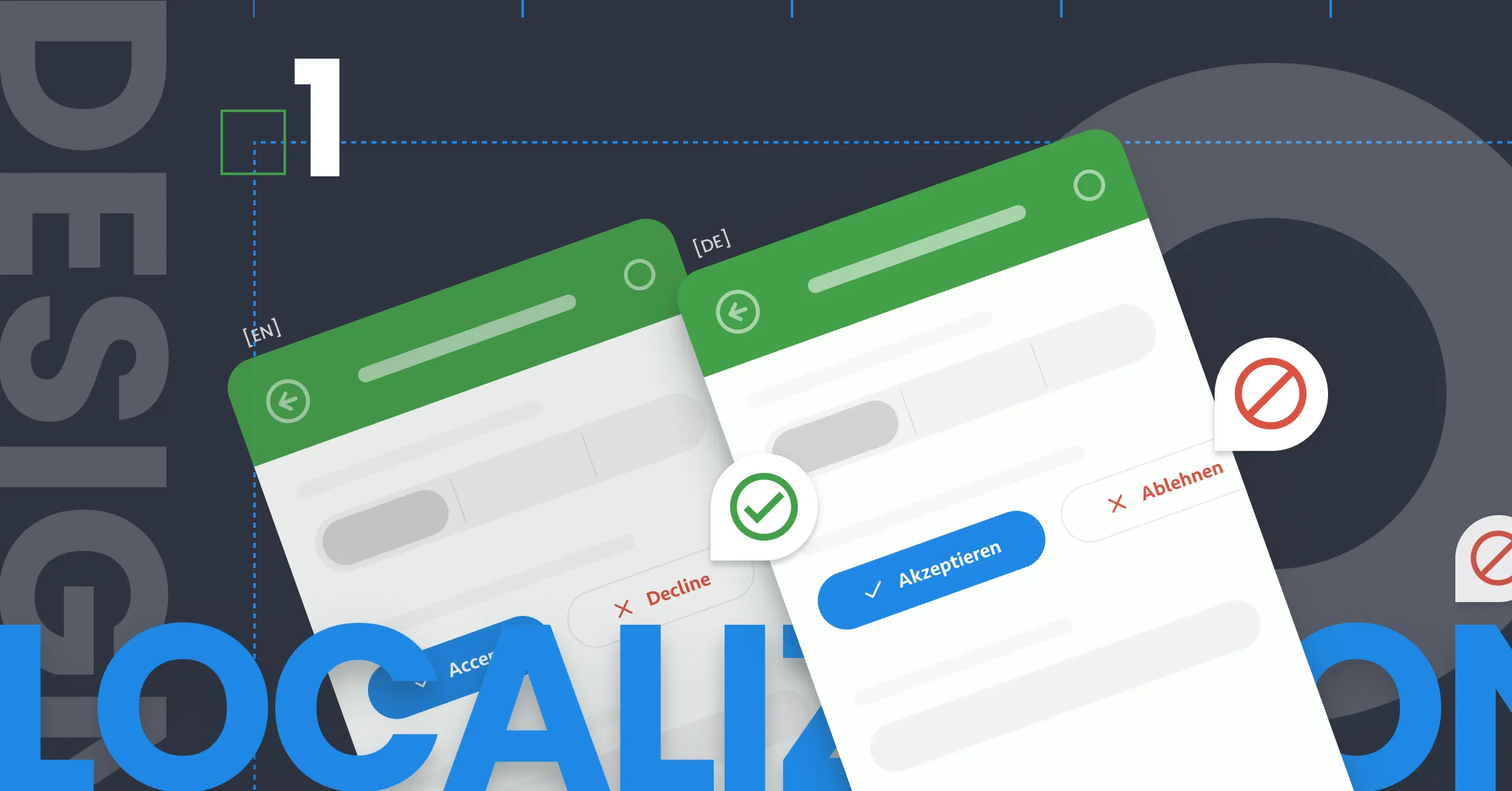Locational UX: Designing for Location-Based Experiences
In today’s mobile-first world, location-based experiences are becoming increasingly important. When users are on the go, they want to be able to access information and services that are relevant to their current location. This is where locational UX comes in.
Locational UX is the design of user interfaces that are tailored to the user’s location. This can include things like:
- Using location-specific information to personalise content. For example, a news app might show you local news stories when you’re in your hometown.
- Providing location-based recommendations. For example, a restaurant review app might recommend restaurants near you.
- Enabling location-based services. For example, a ride-hailing app might use your location to find a driver near you.
When designing for locational UX, there are a few things to keep in mind.
Colour
Colour can be used to create a sense of place. For example, you might use a blue colour palette for a beach app, or a green color palette for a hiking app.
Length of Copy
When designing for locational UX, it’s important to keep copy concise. Users are on the go, so they don’t want to have to read long paragraphs of text.
Icon Meaning
Icons should be used to convey information quickly and easily. Make sure that your icons are clear and easy to understand, even when they’re small.
Responsive/Flow
Your locational UX should be responsive and work well on all devices, including smartphones, tablets, and desktops. The flow of the user interface should be intuitive and easy to follow. different length copy can cause layout issues if its flow is not controlled well.
Devices
It’s important to consider the different ways that people will be using your locational UX. For example, if your app is designed for use in a car, you’ll need to make sure that it’s easy to use while driving.
Here are some additional tips for designing locational UX:
- Test your locational UX with real users. This will help you to identify any issues that you might not have noticed otherwise.
- Use location data responsibly. Only collect location data that is necessary for the functionality of your app.
- Be transparent about how you use location data. Let users know how their data is being used and give them the option to opt out of location tracking.
By following these tips, you can create a locational UX that is both useful and enjoyable for your users.
